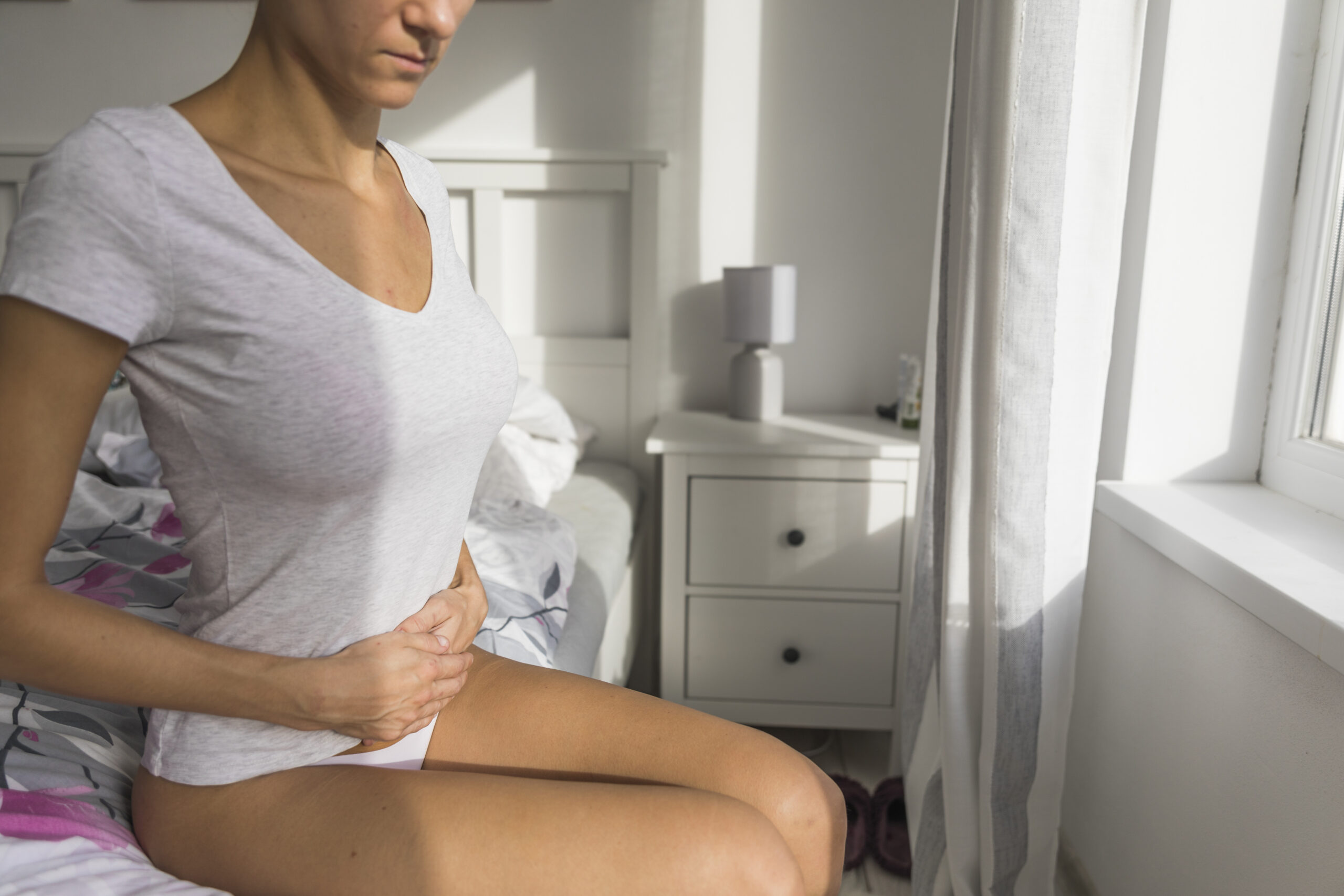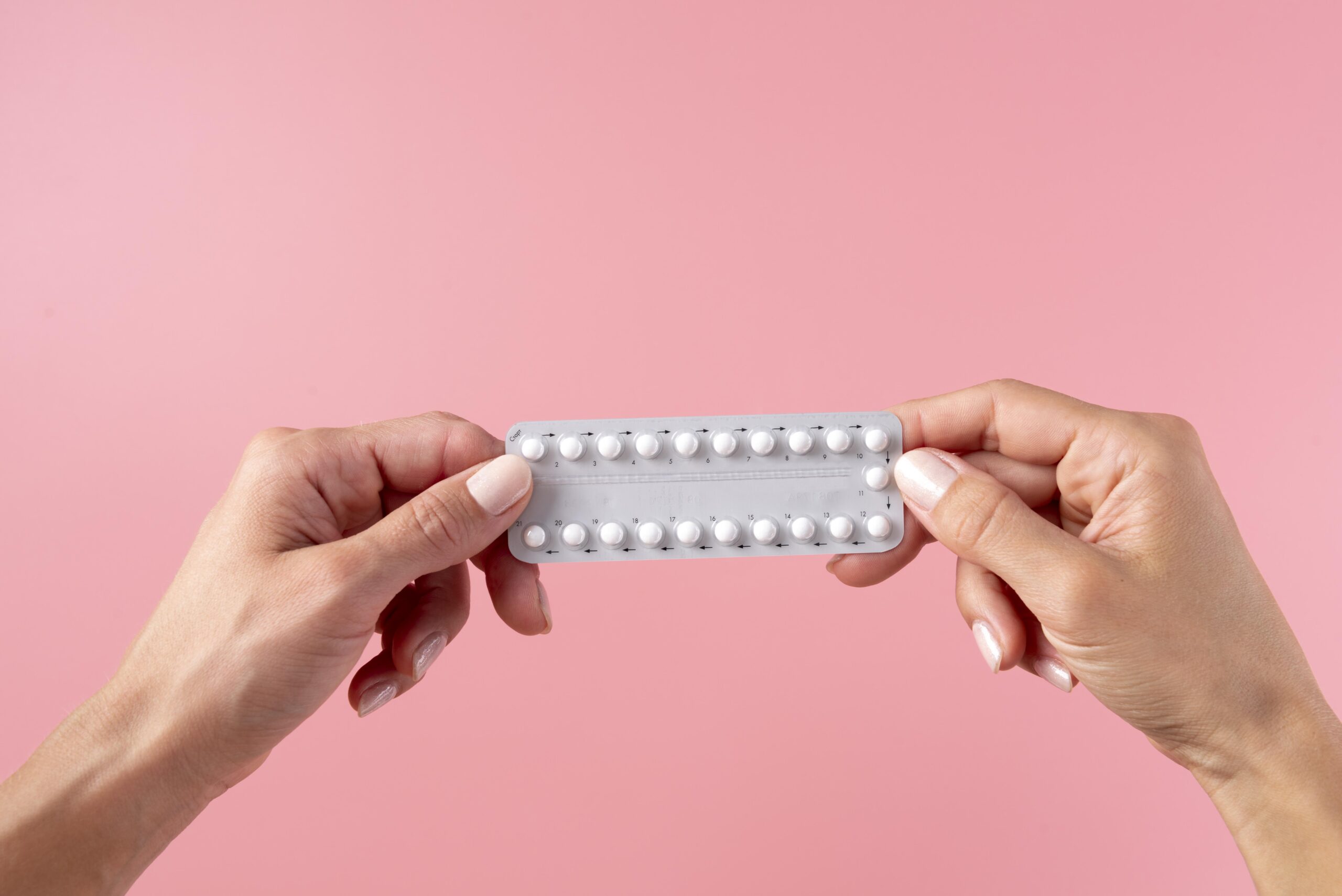Back To Top
Browse
Bacterial vaginosis (BV) is a common infection that occurs in the vaginal area due to an alteration in the healthy vaginal environment.
The increase in growth of a particular bacterium Gardnerella Vaginalis over other bacteria, is particularly associated with bacterial vaginosis.
Bacterial vaginosis is usually treated with a combination of Over The Counter (OTC) and Prescription medications to clear out the growth of harmful bacteria and restore the normal, healthy bacterial environment.
You can check out our full catalogue of medicines to treat Bacterial vaginosis on our website and you can buy bacterial vaginosis medicine from Meds For Less easily, reliably and safely and have them delivered to your home in the next 24 hours.
Bacterial vaginosis (BV) is a common vaginal infection caused by an imbalance of natural bacteria found in the vagina.
Usually the vagina has a healthy microbial environment, with an abundance of “good” bacteria which help keep other bacteria in check. In BV there is an overgrowth of harmful bacteria such as Gardnerella Vaginalis which disrupts the healthy balance.
BV is diagnosed usually with a pelvic exam and a lab test sample of vaginal discharge
BV is generally treated with either topical or oral antibiotics in addition to avoiding irritants and practices that disrupt vaginal health.
The exact cause of bacterial Vaginosis is unknown however it is associated with a shift in the balance of the normal bacteria that live in the vagina.
In a healthy vagina, the presence of good bacteria (like lactobacillus) keeps the overgrowth of harmful bacteria like Gardnerella Vaginalis limited and presents vaginosis.
Risk factors for BV include having multiple or new sexual partners, although BV is not a sexually transmitted infection (STI), having new or multiple sexual partners can cause bacterial imbalance leading to vaginosis.
Douching also predisposes women to developing BV by disrupting the natural bacterial balance in the vagina, making it easier for the harmful bacteria to overgrow.
Using harsh chemicals or products with fragrance on the vaginal area can irritate it and disrupt the natural bacterial balance.
Women who smoke have a higher risk of developing BV due to the presence of chemicals in the tobacco which can alter the vaginal environment and make it more likely for bacterial imbalances to occur.
Treatment for BV focuses on restoring the normal balance of bacteria in the vagina by targeting the overgrowth of harmful bacteria.
Medications for bacterial vaginosis include:
Choosing the right treatment or medicine for bacterial vaginosis depends on factors such as the severity of infections, a history of reoccurrence and a personal preference for either immediate symptom relief or a long-term solution.
For mild to moderate cases of BV, over the counter (OTC) products, non anti-biotic options such as Canesbalance can be used to rebalance vaginal pH and reduce symptoms. Whereas for moderate to severe symptoms, antibiotics such as metronidazole or clindamycin (in pill or gel form) can be used as first line treatments.
For frequent or recurrent BV, patients might benefit from a longer course of antibiotics and a tailored treatment plan using metronidazole gels for several weeks along with boric acid suppositories.
A combination therapy of antibiotics and pH restoring gels like canesbalance can help prevent future infections by restoring beneficial bacteria after antibiotics have cleared out the harmful ones.
Please consider seeking the opinion of a healthcare provider to appropriately diagnose BV and for a recommendation for the most appropriate treatment, tailored for you.
The medications to treat bacterial vaginosis involve both prescription and over the counter (OTC) solutions.
Common prescription medications used in the treatment of bacterial vaginosis are antibiotics such as:
Common over the counter (OTC) medications include:
It is recommended to use prescription medications for moderate to severe, or prescription BV symptoms whereas OTC medications can be used for non-recurrent or mild BV symptoms.
OTC medications can also be used as adjuncts or follow-ups to antibiotics to help restore a healthy vaginal environment with good pH and good bacterial balance.
You should seek medical attention for treatment of BV in the following situations or occurrence of symptoms.
Having symptoms of bacterial vaginosis for the first time such as vaginal discharge with “fishy” odour , vaginal itching, burning or irritation can be a sign that you need to see a healthcare provider for medical help.
Having persistent symptoms after a course of over the counter (OTC) or prescription medication can indicate the need for medical attention for more bacterial vaginosis medicine. Having BV symptoms that reoccur frequently throughout the year can also indicate the need for medical help to devise a treatment plan to prevent future infections.
Having severe or worsening symptoms of BV such as itching, redness, swelling or pain in the vaginal area or pelvis may also indicate the need for medical help encase of a more serious infection.
Having BV during pregnancy can also increase the risk of complications during pregnancy for both the mother and the child. If you experience BV and are in a pregnant state, then please consult a healthcare provider for medical help.
You can also seek medical advice if you or your partner are concerned about sexually transmitted infections (STI’s). BV is not an STI but it can increase the chances of developing one.
While some cases of BV may resolve on their own, it’s generally not recommended to leave bacterial vaginosis untreated. Untreated BV can lead to complications, such as increased susceptibility to sexually transmitted infections and pregnancy-related risks.
Using appropriate medications to treat bacterial vaginosis can help relieve symptoms quickly and prevent recurrence. Even if symptoms seem mild, addressing the imbalance with effective bacterial vaginosis medicine ensures long-term vaginal health.
Recurrent bacterial vaginosis can be frustrating and distressing. In such cases, switching medications for bacterial vaginosis or combining treatment options may be necessary.
For example, long-term use of metronidazole gel combined with probiotics and pH-balancing gels can help restore a healthier vaginal environment. Some patients benefit from suppressive therapy or using OTC medicine to treat bacterial vaginosis regularly after completing antibiotic treatment.
A healthcare provider can help personalise a strategy if you frequently need medications to treat bacterial vaginosis throughout the year.
Looking for discreet, fast and safe options to buy bacterial vaginosis medicine online? Meds for Less offers trusted medications for bacterial vaginosis including prescription antibiotics and non-prescription pH-balancing products.
Our range includes Canesbalance vaginal gels, Dalacin cream, and Metronidazole tablets—available for delivery across the UK. When choosing medicine to treat bacterial vaginosis, always select a trusted source like Meds for Less for professional service and genuine products.
Thrush (vaginal candidiasis) and bacterial vaginosis (BV) are common vaginal infections that often present with unusual discharge, among other symptoms. Although typically not serious, they can be uncomfortable and require appropriate treatment. Thrush is a yeast infection, primarily caused by Candida, and can be treated with antifungal medication like Canesten Thrush External Cream . It can affect both men and women, though it’s more prevalent in women. BV, on the other hand, is caused by an imbalance in the natural bacterial flora of the vagina and is usually treated with antibiotics. BV can affect women of any age and is characterised by watery, grey or white vaginal discharge with a strong fishy odour, though it can also occur without noticeable symptoms.
Given the overlap in symptoms, it’s crucial to consult with a doctor for an accurate diagnosis to ensure you receive the correct treatment. Thrush can sometimes appear in other areas of the body, such as the armpits, between the fingers, or in the groin, while BV is generally confined to the vagina. If you suspect you have either of these infections, you can contact our medical team to determine the best course of action where they can recommend treatment options for both like Canesbalance Bacterial Vaginosis Pessaries.
Yes, frequent use of antibiotics can lead to thrush, as antibiotics can disrupt the natural balance of bacteria in the body, allowing yeast like Candida to grow. It’s also possible to have both bacterial vaginosis (BV) and thrush at the same time, though it’s not very common. When you experience symptoms such as unusual vaginal discharge, discomfort, or itching, your doctor will review your symptoms to determine whether you have thrush, BV, or both. If there’s uncertainty, your doctor might recommend a vaginal swab test to diagnose the infection(s). This test can identify the presence of BV and thrush, helping to ensure you receive the appropriate treatment. If you have both infections, your treatment plan will address each one, often involving antibiotics for BV and antifungal medication for thrush. If you suspect you have either or both infections, it’s essential to seek medical advice to get a proper diagnosis and effective treatment.
Bacterial vaginosis (BV) and thrush are two distinct conditions, but they can share similar symptoms, like unusual vaginal discharge, which makes it easy to confuse one for the other. To help determine whether you have Thrush or BV, we offer a Thrush testing kit , which can provide clarity. You can find this kit, along with a wide range of medications to treat thrush and BV like Dalacin Cream.
The most effective bacterial vaginosis medicine typically includes antibiotics such as metronidazole or clindamycin, which help eliminate the overgrowth of harmful bacteria. These medications are available in oral tablets, vaginal gels, or creams. It is important to follow the prescribed treatment plan to prevent recurrence and restore the natural balance of vaginal flora.
Most medicine for bacterial vaginosis starts working within 2 to 3 days, with full symptom relief usually occurring within a week. However, it is crucial to complete the entire course of treatment, even if symptoms improve early, to prevent reinfection or antibiotic resistance. If symptoms persist after treatment, consulting a healthcare provider is recommended.
Some over-the-counter options claim to help with BV symptoms, but prescription bacterial vaginosis medicine is the most reliable treatment. Antibiotics like metronidazole and clindamycin require a prescription, as they are the most effective in eliminating the infection. If you experience recurring BV, a healthcare provider may recommend long-term solutions to prevent future outbreaks.
It’s best to avoid sexual activity during treatment. Some medications for bacterial vaginosis, especially antibiotics, can be less effective if exposed to semen, and sex may worsen symptoms. Wait until the course is complete and symptoms fully resolve.
The choice depends on symptom severity, recurrence frequency, and personal preferences (oral vs topical). Medications for bacterial vaginosis range from OTC options like Canesbalance to prescription antibiotics like Metronidazole and Clindamycin.
| Cookie | Duration | Description |
|---|---|---|
| cookielawinfo-checkbox-analytics | 11 months | This cookie is set by GDPR Cookie Consent plugin. The cookie is used to store the user consent for the cookies in the category "Analytics". |
| cookielawinfo-checkbox-functional | 11 months | The cookie is set by GDPR cookie consent to record the user consent for the cookies in the category "Functional". |
| cookielawinfo-checkbox-necessary | 11 months | This cookie is set by GDPR Cookie Consent plugin. The cookies is used to store the user consent for the cookies in the category "Necessary". |
| cookielawinfo-checkbox-others | 11 months | This cookie is set by GDPR Cookie Consent plugin. The cookie is used to store the user consent for the cookies in the category "Other. |
| cookielawinfo-checkbox-performance | 11 months | This cookie is set by GDPR Cookie Consent plugin. The cookie is used to store the user consent for the cookies in the category "Performance". |
| viewed_cookie_policy | 11 months | The cookie is set by the GDPR Cookie Consent plugin and is used to store whether or not user has consented to the use of cookies. It does not store any personal data. |